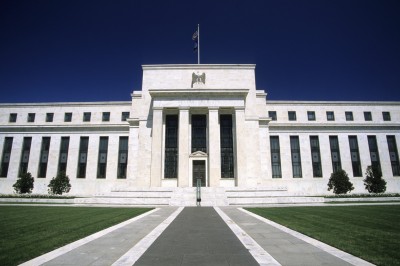 Changes in interest rates have a disproportionate effect on your portfolio. Lower interest rates can help boost corporate earnings, and as earnings increase, market prices often do too. This is a key reason why stocks frequently increase in value as interest rates fall. Another reason is that lower interest rates drive investors to seek higher yields on their funds, thus increasing the demand for stocks.
Changes in interest rates have a disproportionate effect on your portfolio. Lower interest rates can help boost corporate earnings, and as earnings increase, market prices often do too. This is a key reason why stocks frequently increase in value as interest rates fall. Another reason is that lower interest rates drive investors to seek higher yields on their funds, thus increasing the demand for stocks.
One of the best ways I have ever seen to fully understand the influence of interest rates on your portfolio is to think of them as “financial gravity”. The lower rates are, the more likely stock prices will float higher. The higher they are, the more gravitational pull they exert on prices.
Since interest rates have such a critical impact on asset prices and corporate earnings, policy decisions by the Federal Reserve to influence interest rates have a significant impact on the value of your portfolio. The Federal Reserve’s willingness, for example, to take long-term interest rates down to historical lows has significantly influenced market prices and the value of your portfolio. The Federal Reserve has done this by pursuing a policy of rapidly expanding their balance sheet—by trillions of dollars—to purchase long-term debt instruments. These asset purchases have created an artificial demand for long-term debt instruments, which has the net effect of lowering rates. Such actions stimulate demand by keeping interest rates low for consumers and businesses to borrow, consume, and invest. One of the many side effects of this policy, including possible higher inflation, is that it punishes savers via low interest rates on their funds, and benefits spenders who borrow and consume.
Looking back on the effects of the Federal Reserve’s decision to keep rates low, we can see a rapid expansion in prices across a variety of asset classes including stocks, bonds, and real estate, as investors seek higher yields on their savings. While the outcome of these actions is somewhat predictable (lower interest rates often increase asset prices), the timing and scale of such price appreciation is not. In recent years, there have been significant swings in market prices due primarily to short-term speculation on what the Federal Reserve would or would not do to stimulate the economy. This leaves the pressing question still hanging overhead of what will happen to market prices when the Federal Reserve reverses course. If the market responds adversely, which is highly likely, there may be a significant number of buying opportunities for your portfolio.


Leave a Reply
You must be logged in to post a comment.